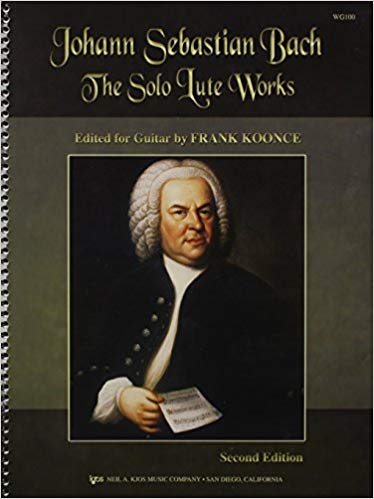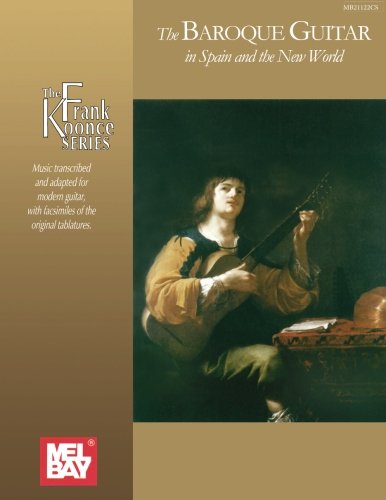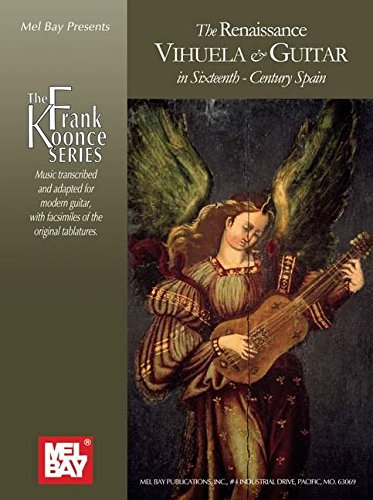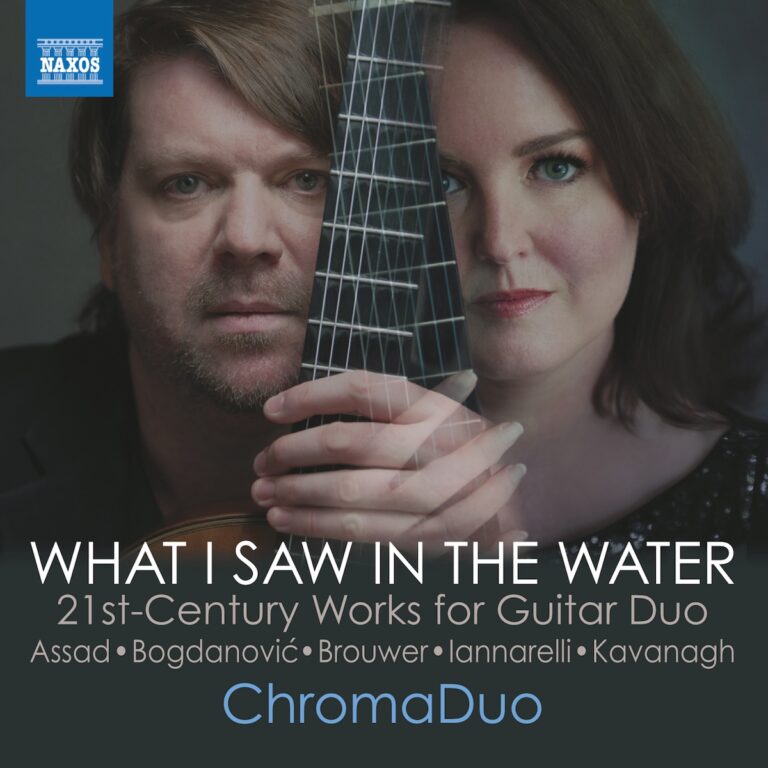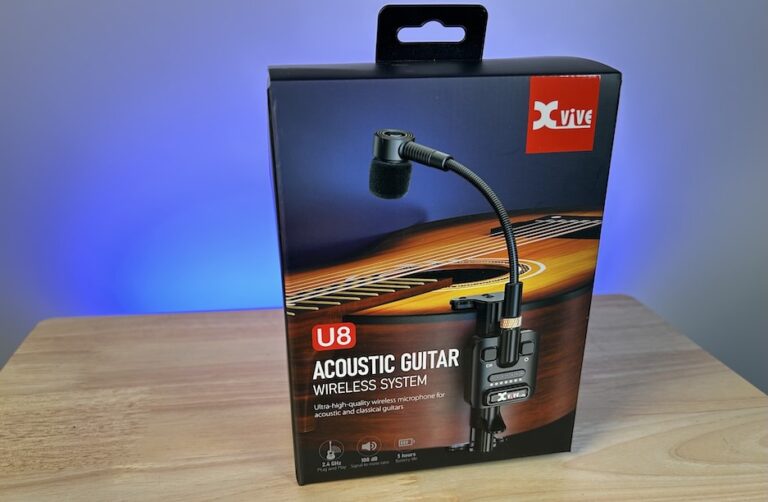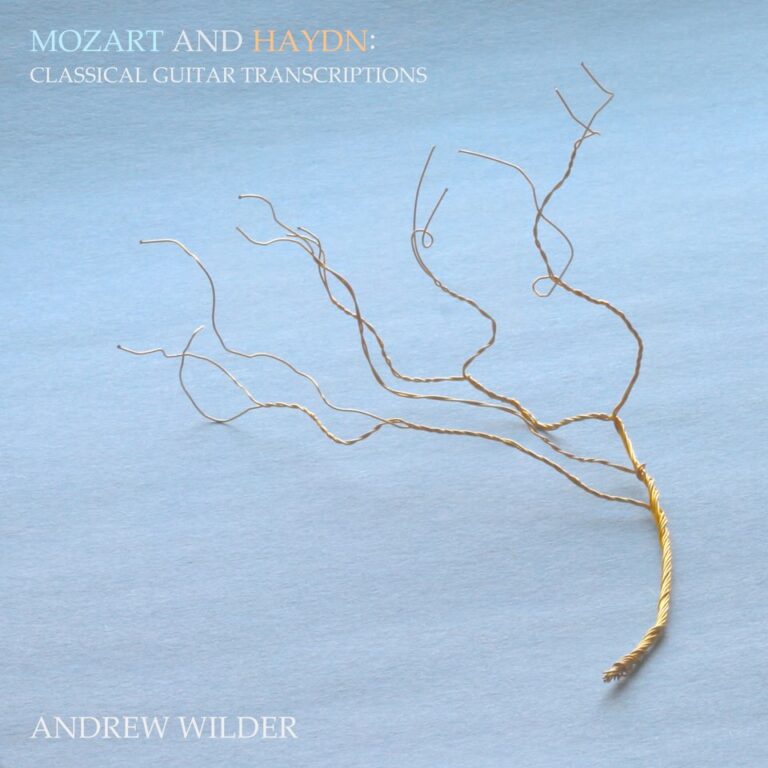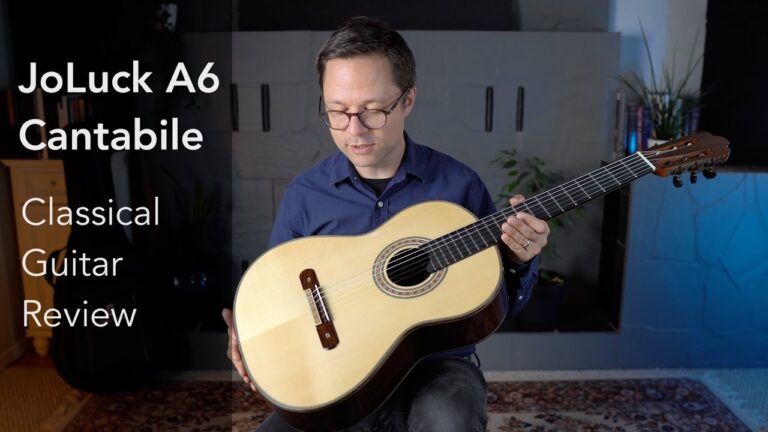Buy or Learn more via Amazon
- The Solo Lute Works of Johann Sebastian Bach
- The Baroque Guitar In Spain and the New World
- Renaissance Vihuela & Guitar in Sixteenth-century
Summary – I love these anthologies by Frank Koonce for a number of reasons. They are high quality both in terms of the actual books but also his high standard of editing that closely follows the original source materials. There are never errors or misprints and he always includes facsimiles of the originals so you can check them yourself. His fingers are also generally very good and reasonable. All the books are in standard notation and have left hand fingering as well as extensive performance notes. They are all definitive editions and are essential to any guitar library. Below are some summaries of the books by the publishers.
The Solo Lute Works of Johann Sebastian Bach for Guitar – This collection edited by Frank Koonce features transcriptions of the complete solo lute works by J. S. Bach in a modern guitar notation. This revised second edition provides a thoughtful combination of scholarship and practical performance solutions. It includes not only historical data, articles discussing aspects of baroque performance, and facsimiles of the original manuscripts, but also authoritative fingerings, interpretative remarks, and convenient foldout pages. This collection is an essential learning tool for guitar students, and a wonderful addition to any professional guitar’s repertoire.
The Baroque Guitar In Spain and the New World: Gaspar Sanz, Antonio de Santa Cruz, Francisco Guerau, Santiago de Murcia – A substantial amount of early music for the guitar remains unknown to modern performers and audiences. In recent years, however, musicologists, scholars and performers on period instruments have provided a wealth of accessible new source materials which players can now begin to interpret in convincing and effective ways. Nevertheless, many still feel intimidated by the prospect of sorting through and learning to use these resources for the first time. For the uninitiated, just knowing where to start can be difficult. This anthology contains representative selections from the publications and manuscripts of four important Spanish Baroque guitarists: Gaspar Sanz, Antonio de Santa Cruz, Francisco Guerau, and Santiago de Murcia. In addition to being fun and entertaining music for all to enjoy, this collection is intended to help bridge the gap between scholarly editions and performance editions by providing a hands-on introduction to tablature transcription and to issues concerning historically informed performance on the modern guitar.
Renaissance Vihuela & Guitar in Sixteenth-century – Scholarly editions, which serve different purposes than performance editions, are not often designed with the modern guitarist in mind. For instance, Renaissance vihuela tablatures are usually transcribed with the open first string as G, not E. Most are presented in double-staff notation, a medium that is superior for realizing counterpoint but unconventional as guitar notation. Furthermore, these editions sometimes give idealized, but not realistic, solutions for voicing, note duration, and other matters that need to be considered within the limitations of our instrument. Guitarists who try to play from these editions essentially are faced with the task of transcribing the transcription! This 188-page anthology is designed as a companion volume to The Baroque Guitar in Spain and the New World (MB21122). It includes representative selections, edited for modern guitar, from the seven books for vihuela that were published in Spain between 1536 and 1576.As well as being fun and entertaining music for all to enjoy, these collections are intended to help bridge the gap between scholarly editions and performance editions by providing a hands-on introduction to tablature transcription and to issues concerning historically informed performance of early music on the guitar.

